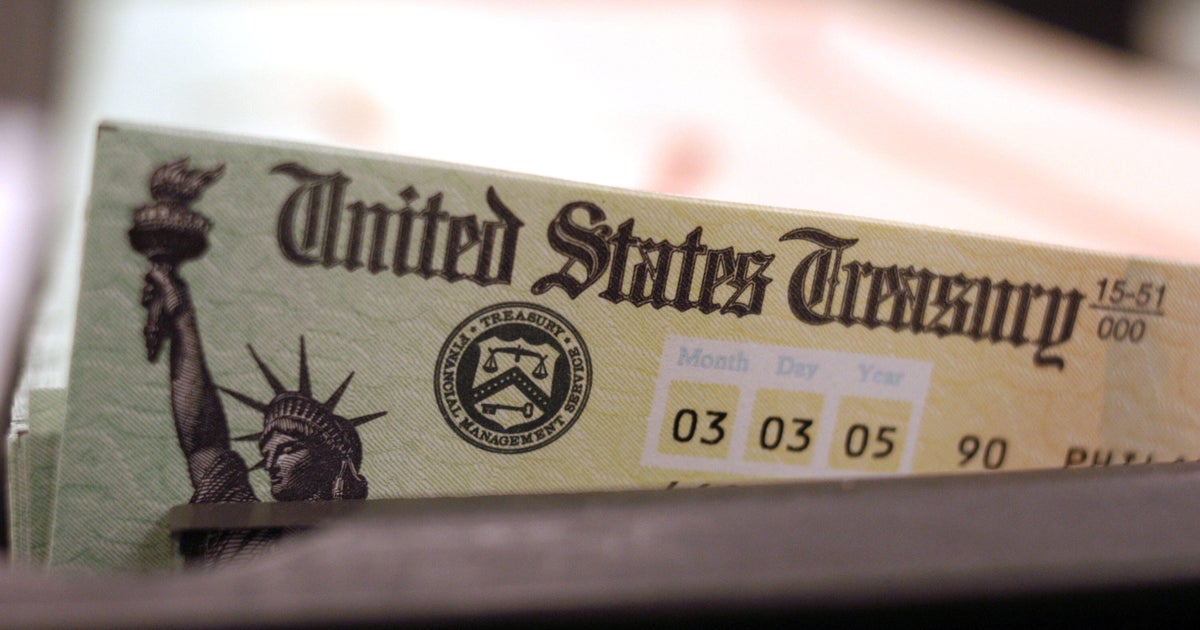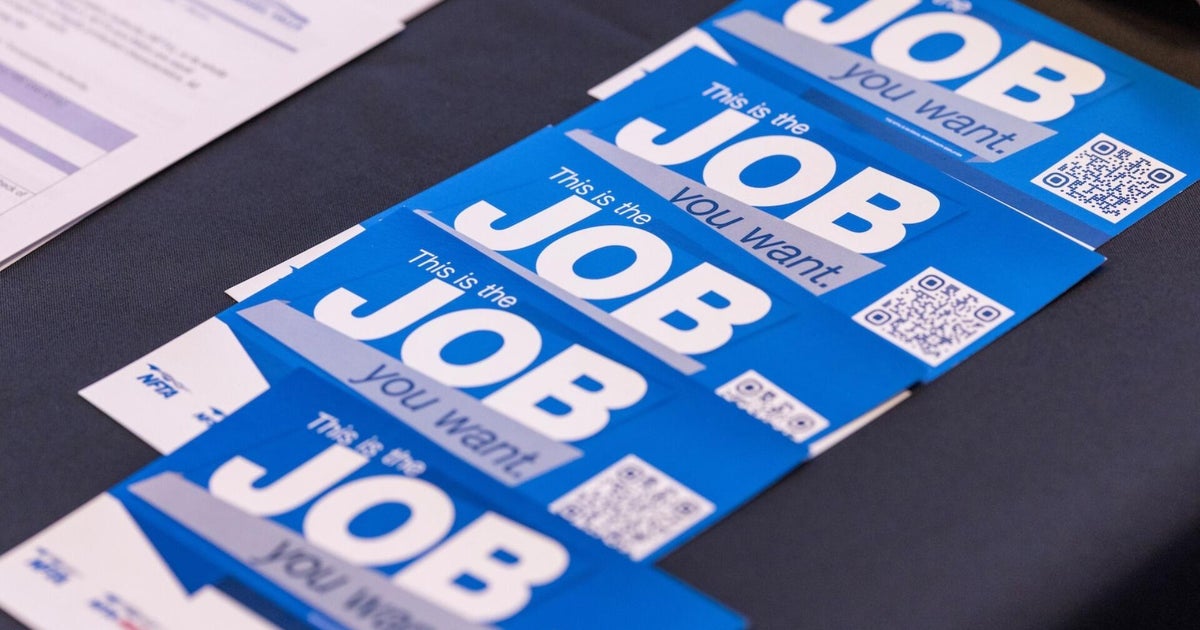What are the best treatments for head lice?

Children have returned to school and are bringing home stories about the things they learned and the friends they made. But some parents are concerned they could also be bringing home a tiny nuisance: head lice.
The parasitic insects are about the size of a sesame seed and feed on human blood, usually living on a person's scalp, according to the Centers for Disease Control and Prevention.
While schools are not the only place people can get them, the CDC says head lice infestations in the U.S. are most common among preschool and elementary-age children. The U.S. sees up to 12 million head lice infestations annually in children between 3 and 11 years old, according to the health agency.
Lice cannot hop, jump or fly. The most common way to get them is through head-to-head contact with someone who already has lice, the CDC says, adding that the cleanliness of someone or their environment is not a factor in contracting lice. The parasites can crawl from one host to another, experts say.
Adult lice can live for about 30 days on their hosts' heads. However, experts say they will die within two days if they fall off a person and cannot feed. Their eggs can take up to nine days to hatch and from there another seven days to mature into adult lice.
How to prevent lice
The CDC outlines several steps people can take to help prevent the spread of lice:
- Avoiding head-to-head contact during activities like sports and slumber parties, and at camps and playgrounds.
- Not sharing clothing and accessories like hats, hair clips, hair ribbons, scarves and coats.
- Not sharing towels, brushes or combs.
- Machine washing and drying clothing, bed linens and other items on high heat that were used by someone with lice in the two days before they were treated. Items can also be sealed and stored in a plastic bag for two weeks if washing isn't an option.
- Avoid lying on beds, couches, pillows, carpets or stuffed animals that were recently in contact with a person with head lice.
- Vacuuming the floor and furniture where an infested person was sitting or laying.
The CDC adds: "spending much time and money on housecleaning activities is not necessary to avoid reinfestation by lice or nits that may have fallen off the head or crawled onto furniture or clothing."
How do you know if a child has lice?
The hallmark symptom that indicates there might be an infestation is new and onset itching of the scalp, said Dr. Danilo C. Del Campo, a dermatologist in Chicago and a fellow of the American Academy of Dermatology. It could take up to six weeks for itching to appear the first time someone has head lice, the CDC says.
The eggs, commonly called nits, can be yellow, brown or tan and look like tiny seeds, but when hatched will appear clear, experts say. An infestation can often be confused with dandruff or seborrheic dermatitis.
Becky Boudreau, a head lice technician in New Hampshire, said that because lice are most active at night, parents may notice their children scratching more or not sleeping well. The itching results from an allergic reaction to louse bites.
People might also feel a tickling, or like something is moving in their hair.
The CDC notes that head lice are not considered a health hazard as they do not transmit any diseases.
How can lice be treated?
Treatments to get rid of the insects include medication and specialists who use different methods to manually remove the eggs and adult lice. The age and temperament of the child, access to clinics or technicians, the cost and the severity of the infestation, including any sensitivities, will determine the most appropriate treatment option.
Many people hire nit pickers or visit clinics because they don't want to handle the insects, Boudreau said.
"It is still successful, but it is time consuming," said Boudreau, who became a head lice technician about six years ago after her child had an infestation.
Dr. Krista Lauer, national medical director for Lice Clinics of America, says their clinics have become another option. They use an FDA-cleared medical device that uses a combination of airflow temperature, speed and direction to kill lice and their eggs. Technicians consider children's heat sensitivity or restlessness, but for the treatment to be successful, they must use the device in a specific pattern before combing out the dead debris and using a washable topical substance, she said.
Boudreau, who uses shampoo, olive oil and a special comb to assist in combing out the insects, says many of the over-the-counter kits "are designed to fail" and often require multiple uses for this reason. Guidelines from the American Academy of Dermatology Association recommend retreating for any product that can be bought without a prescription, and that no approved method can kill lice and their eggs during the first treatment.
As long as people are using products, like shampoos, as indicated on their labels they should be OK, said Del Campo, who is board certified by the American Board of Dermatology. He emphasized that many of these products have been tested and approved by the Food and Drug Administration. Some of those products include benzyl alcohol lotion which only kills lice and not the eggs, ivermectin lotion, malathion lotion and lindane shampoo which can be toxic if used incorrectly.
But he said many dermatologists don't jump to using the lice combs or other procedure-based treatments because it often takes a lot of time and energy for parents, requires multiple applications and is not consistent across hair types. Instead, he said there are "effective over-the-counter medications that require no prescription, require no doctor guidance and are a wonderful first step for parents."
There is no scientific evidence that home remedies like smothering hair with oil, mayonnaise or something occlusive can kill lice or their eggs, experts say.
Can a child go to school with lice?
Students with head lice infestation do not need to be sent home early from school, the CDC says. Students can go home at the end of the day and return to class once beginning treatment. Experts say successful treatments will kill crawling lice but that nits might still be present.
Del Campo said parents need to be advocates for their children because there are many outdated school policies forcing them to miss more school than they need to, including requiring all eggs to be removed before returning to class, which he says is not necessary.
"Lice are not dangerous. They don't spread disease. There's no medical reason to remove a child immediately from a classroom," he said. "By the time lice are noticed, they've often been present for weeks — not days or even hours."
He says it is likely that adults have some level of trauma from dealing with lice when they were children and when there were fewer effective treatments, and misconceptions about the parasites often add to the stigma and accompanying embarrassment affected people might feel.
"What people went through and are carrying with them is understandably miserable, but it is very different today," he said, adding that lice are not associated with hygiene, disease or economic status.


















































